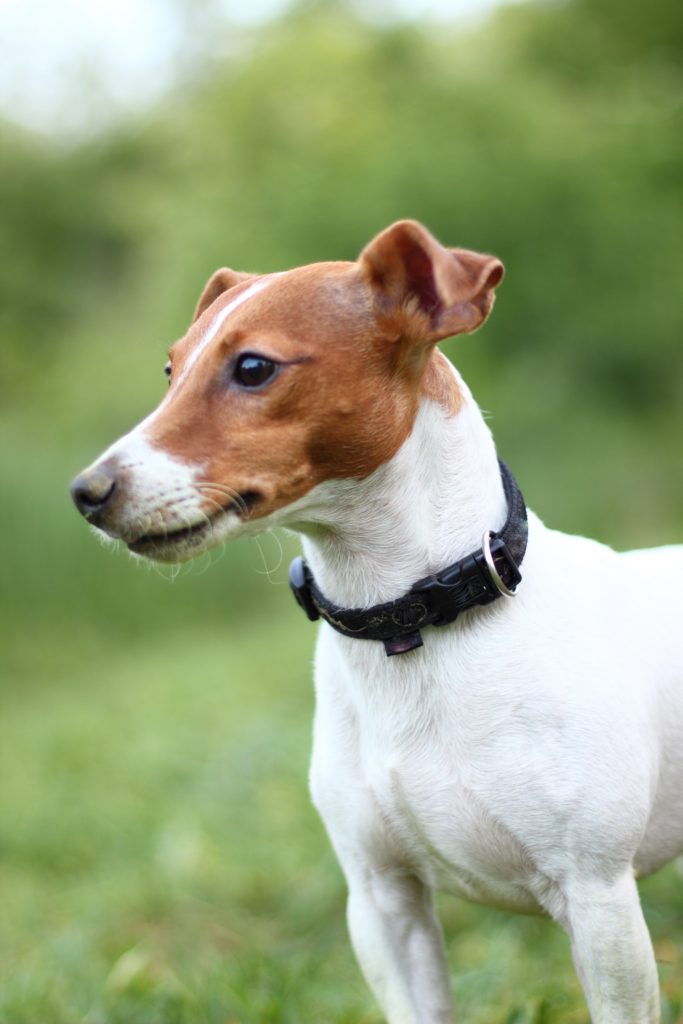Green Grass, Happy Dog: Preventing Dog Urine Spots on Lawns
 We love everything about our dogs, but we don’t always love some of the side effects of “doggie business”, such as those yellow or brown dog urine spots on the lawn. Not only do the spots make the yard look less attractive, they are also hard to get rid of. Add in two or more dogs, and you may be facing a completely dead lawn in the not too distant future.
We love everything about our dogs, but we don’t always love some of the side effects of “doggie business”, such as those yellow or brown dog urine spots on the lawn. Not only do the spots make the yard look less attractive, they are also hard to get rid of. Add in two or more dogs, and you may be facing a completely dead lawn in the not too distant future.
Also called “lawn burn”, urine damage to lawns is a misunderstood problem that has generated a variety of commercial products and DIY remedies. We’ve broken down this common concern and have the scoop on how to prevent this unsightly situation.
What Causes Dog Urine Spots?
The yellow spots that develop after your dog urinates on your lawn are caused by the high concentration of nitrogen-containing compounds and associated salts that are naturally present in dog urine. It’s similar to putting too much fertilizer in a small spot on your lawn, which also causes lawn burn.
Contrary to popular belief, urine spots are not caused exclusively by female dogs or by certain breeds. Rather, it’s the result of urine being deposited in a small concentrated area. Since female dogs tend to squat and stay in one spot to urinate, it will be more likely to damage the grass in that spot. In general, any dog (male or female) that squats or sprays in one spot will deposit urine into a concentrated area. Dog urine spots may also be more noticeable with larger dogs, due to the higher volume of urine produced.
Keeping Your Lawn Green
First, be sure that the brown spots are the result of urine deposits and not related to a fungus, overuse of lawn fertilizer, under-watering, or other lawn maintenance issue.
There are a variety of amino acid-based oral products on the market that claim to eliminate urine spots by changing the pH of your dog’s urine. At Lone Tree Veterinary Medical Center, we don’t recommend giving pets these products or making a dietary change specifically to end lawn spots. Any supplementation that is given to your pet should only be at the recommendation of your veterinarian and for medical reasons.
Treating the grass, not the pet, is your best bet for a green lawn:
- Diluting the area with water where your dog has urinated is the surest way to prevent burn spots. It is also safest for your pet. Simply pour or hose water over the area right after your dog has finished. Diluting immediately and diluting well is key. If you aren’t able to grab your hose or watering can in time, mark the spot with a rock, mulch, etc., then grab your water can or hose and come back. We know this is a hassle, but those of us who do this have been able to successfully eliminate urine spots in our yards.
- Set your sprinklers to daily watering of the areas that your dog uses, or just hand water them daily.
- Train your dog to urinate in an area of the yard where grass doesn’t grow, such as an area that has been covered with gravel or wood mulch.
- Make sure your dog always has plenty of fresh water available, since increased water consumption will dilute the urine somewhat.
- Do not use “home remedies” aimed at increasing your dog’s water consumption. Any home remedy can be harmful to your pet, especially the addition of salt or tomato juice, as an increased salt intake can cause problems, especially for older pets or those with kidney or heart conditions. Always consult your veterinarian before changing or adding to your pet’s diet.
Although, not all dog urine will cause lawn spots, it is a fairly common problem that most dog owners have dealt with at one time or another. Even though it is usually not caused by a medical condition, if you are concerned about your pet for any reason, please don’t hesitate to contact us at Lone Tree Veterinary Medical Center. We are always happy to address your questions and concerns.

